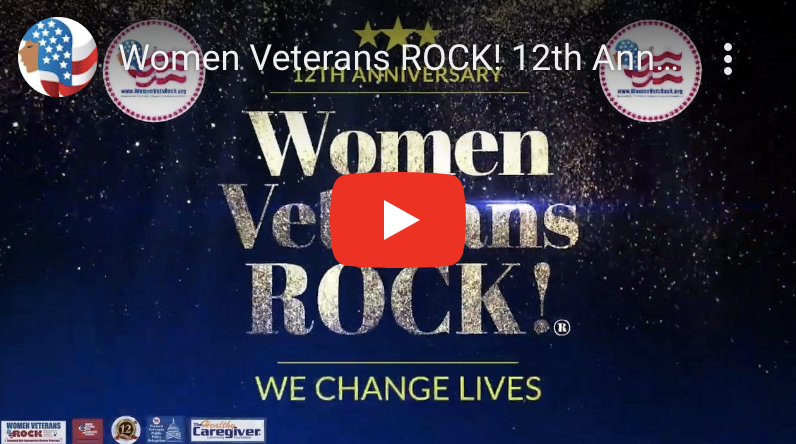The 19th Amendment — Women’s Right To Vote — Turns 100 on August 26, 2020
Women’s Equality Day is August 26—the date the 19th Amendment to the U.S. Constitution was adopted in 1920, granting American women the right to vote. Vision 2020, a national women’s equality coalition headquartered at Drexel University in Philadelphia, celebrates the anniversary of this historic milestone every year with its Toast to Tenacity™, in which people come together and raise their glasses in a united salute to those who worked so hard to make women’s right to vote a reality.

You can participate in Toast to Tenacity 2020 in several ways:
- Host a Vision 2020 Toast to Tenacity in your area if permitted under Covid-19 social distancing requirements.Due to the risk of coronavirus spread, this event must adhere to federal, state and municipal requirements regarding in-person gatherings to ensure health and safety. Pages 6-7 of this toolkit will help you plan and promote your event
- Show your support on social media. From anywhere at any time on Wednesday, August 26, post a photo or video of yourself raising your glass to the suffragists and other women leaders in your life. What you toast with is up to you (coffee, juice, champagne), but the Vision 2020 team will be using grape juice just as suffragist Alice Paul did back in 1920. Just make sure you use the hashtag #ToastToTenacity to be part of the collective “cheers!”
- Join the live-streaming portion of our Toast to Tenacity webcast. This year’s celebration, from noon to 1:30 pm ET, will include livestreaming and prerecorded presentations, tributes and performances. Be a part of the picture at 1 pm ET, when we collectively raise our glasses to the suffragists and highlight toasts in other cities.
Visit the Toast To Tenacity for more information.
Historical Context On Suffrage and Women’s Equality Day
Let’s talk a little bit more about how we got here and what Women’s Equality Day means in the context of U.S. history.
When the U.S. Constitution was written in 1787, women were not given equal standing with men. One of the most fundamental rights in the United States—the right to vote—was only granted to women after a hard-fought campaign that lasted more than 70 years. In 1848, women and men came together to write the Declaration of Sentiments in Seneca Falls, New York. This document concretely founded the Woman Movement and served as a rallying cry for equal rights to generations of women. In the decades following the 1848 Women’s Rights Convention, suffragists became divided in their opinions toward other important social justice issues. The movements to end slavery and, after the Civil War and Emancipation, to achieve Black male suffrage dominated the agendas of most reformers. By the 1910s, women were eager to fight for their own rights to full citizenship in the world’s largest democracy, often through the organization of various women’s clubs. In these clubs, women learned public speaking, organizing, advocacy and publicity skills.
On August 26, 1920, women gained the right to vote through the adoption of the 19th Amendment
Though a monumental achievement, women’s suffrage in actuality was not immediately universal: African American and Native Americans women were still denied access to the vote and to fully claim American citizenship. African American women (and men) in many states were disenfranchised by state law and obstructionist practices. Native Americans women (and men) could not vote in 1920 because they were not counted as citizens. Four years after the 19th Amendment became law, the United States granted Native Americans official citizenship status through the Indian Citizenship Act. Only then were Native women (and men) officially able to exercise their right to vote. But again, in many cases, even after 1924, they were prevented from voting by literacy tests, fees and other discriminatory and unconstitutional requirements. It was the 1965 Voting Rights Act that finally fully enfranchised African American and Native American citizens.Likewise, the adoption of the 19th Amendment did not ensure Black women’s right to vote. The 14th and 15th Amendments granted African Americans citizenship and suffrage after the Civil War, but those laws applied only to men. Many African American women and men, especially in the American South, were denied suffrage for decades through state Jim Crow laws, which enforced segregation—often through violence—and imposed poll taxes and literacy tests as prerequisites for voting. Though clearly a violation of several amendments to the Constitution, these wrongs were not legally righted until Congress passed the Voting Rights Act of 1965—100 years after the end of the Civil War.
It is also important to note the racial divides that emerged within the suffrage movement. Many white suffragists excluded women of color, fearing that addressing racial inequality in addition to gender inequality would weaken their cause. In some cases, white organizers of suffrage marches and conventions outright barred African Americans from participating or made them walk in the back. Black suffragists persisted, and activists like Ida B. Wells, Adella Hunt Logan and Mary Church Terrell organized and fought for their rights as both women and African Americans. Women’s suffrage also varied by state. Although nationally women gained the right to vote in 1920 through adoption of the 19th Amendment, they actually gained and subsequently lost the right to vote on a state-by-state basis in the 150 years between the writing of the U.S. Constitution and ratification of the 19th Amendment.
In the 1970s, during another period of war and social upheaval, women were once again pushing for equal treatment in business and government. It is no coincidence that during this “second wave of feminism,” Congress passed a resolution in 1971 to help Americans remember the hard work and the sacrifices that the suffragists made for gender equality. As a result, August 26 became an official national holiday known as Women’s Equality Day.
Visit the Toast To Tenacity for more information.







